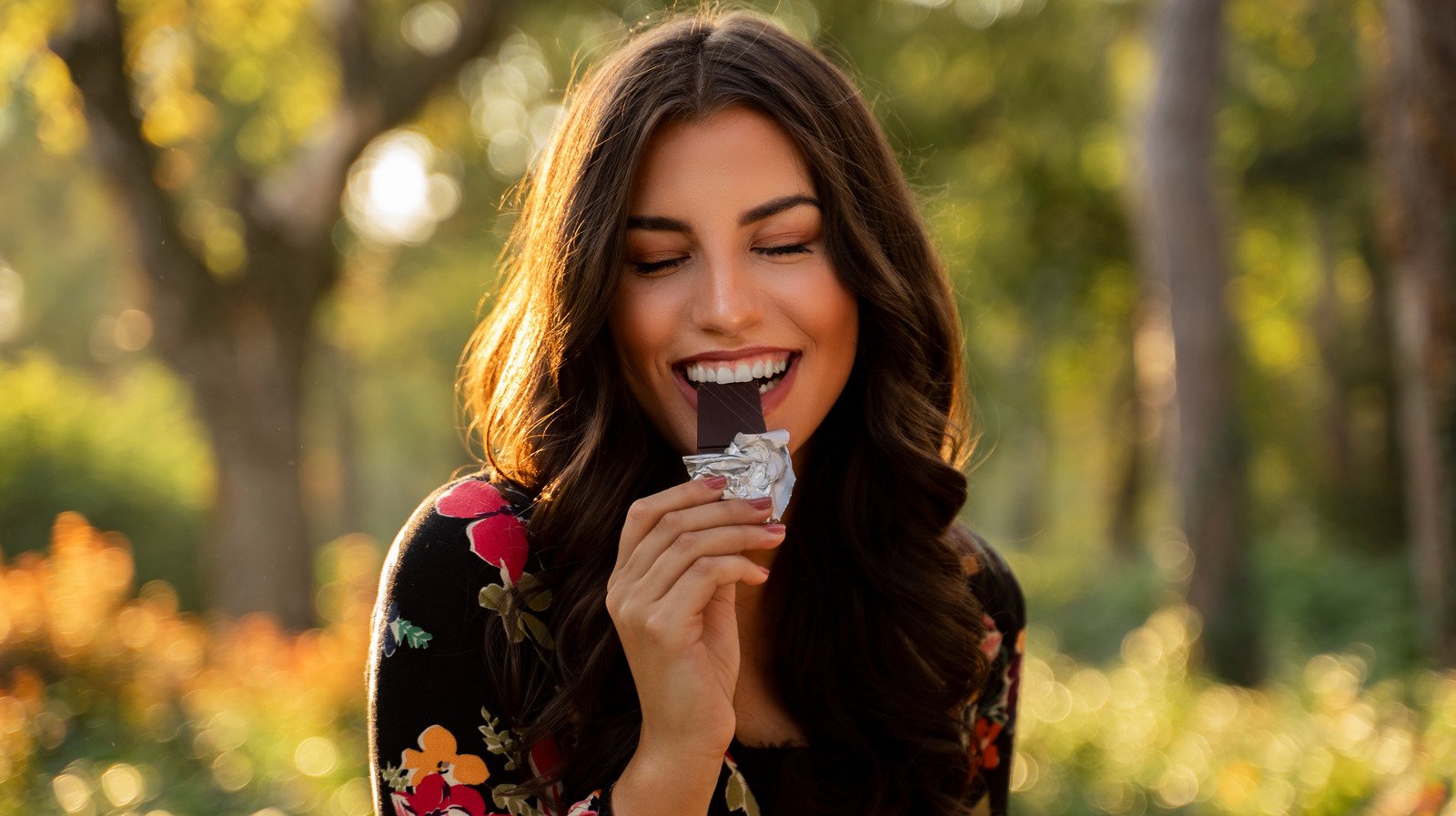[ad_1]
Iron is the most abundant mineral on Earth, the sun, and the stars. Iron forms most of the refined metal you might find in buildings, yet it also sustains life in both plants and animals. Your body needs iron to help your body make red blood cells and hormones. According to the National Institutes of Health, the daily requirement for iron is 8 milligrams for men aged 19 to 50 and 18 milligrams for women in that same age bracket. Adults over 50 need 8 milligrams.
While many people already get enough iron in their diets, females with heavy periods, people who are pregnant, infants, and blood donors need more iron to sustain their bodies. Some chronic diseases might also require a little more iron in the diet because people’s bodies have problems accessing their stored iron.
Even though eggs and some plant foods like spinach, beans, quinoa, and nuts have iron, this non-heme form of iron isn’t absorbed by the body as well as the heme iron found in meat, poultry, and seafood (per HealthLink BC).
However, when it comes to plant sources of iron, chocolate can be a good source; an ounce of dark chocolate gives you almost 2 milligrams. That’s about 25% of your daily requirement for men over 19 and women over 50.
The benefits of chocolate
While dark chocolate provides iron, it also has 50 milligrams of magnesium, 161 milligrams of potassium, and very little sodium. Chocolate also has flavonols that guard your body from inflammation and free radicals. The flavonols in chocolate strengthen your cells and improve their insulin sensitivity. Your heart loves chocolate because it can reduce blood pressure and blood clotting while opening up your blood vessels to the heart. The increase in blood flow also means more blood for your brain health. Athletes might enjoy dark chocolate because it boosts nitric oxide production which promotes exercise endurance.
However, you’ll want to skip chocolate-flavored foods if you want the nutritional benefit of chocolate. Check the label to ensure the chocolate has at least 70% cacao (per Johns Hopkins Medicine). Chocolate still has 10 grams of sugar and 11 grams of fat, so while it’s okay to indulge, it shouldn’t be your chief source of iron.
Enough iron is essential, but too much is harmful
You might not recognize low iron levels in your diet because your body stores iron in places like your muscles and liver. It’s not until your body runs out of its stored iron that you become iron deficient. This makes your red blood cells smaller and limits their ability to draw oxygen from your lungs. Iron deficiency will show symptoms like weakness, fatigue, digestive issues, and poor concentration. You might find yourself getting sick or having problems regulating your body temperature.
An iron supplement might sound like a good idea, especially if you’re at a life stage that requires more iron. However, taking high doses of iron can upset your digestive system, including causing inflammation of your stomach lining. Your body also has trouble absorbing zinc if you take large doses of iron. Consuming hundreds or thousands of milligrams of iron could result in coma or death. Additionally, medications for conditions like Parkinson’s or hypothyroidism can become less effective if you take an iron supplement (per the National Institutes of Health).
Rather than taking a supplement, a good way to ensure that you’re not getting too much iron is to get it through the foods you eat. You can then feel a little less guilty indulging in chocolate, knowing it provides a little extra iron.
[ad_2]
Source link


